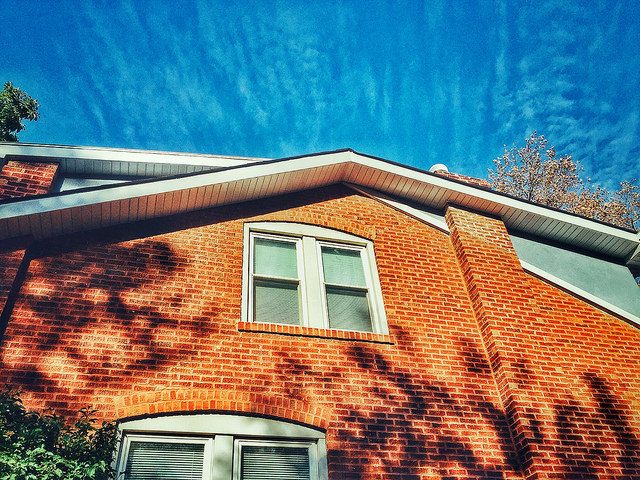There’s increasing evidence that we may have already past the housing market’s low point. Recent data shows mortgage rates falling and buyer activity rising as we approach the spring home-buying season. The latest evidence is the National Association of Realtors’ Pending Home Sales Index. The Index – which measures the number of contracts to buy homes signed during the month – showed a 2.5 percent improvement in December over the month before. It was the first increase following six months of declines. Lawrence Yun, NAR’s chief economist, says the market is stabilizing. “This recent low point in home sales activity is likely over,” Yun said. “Mortgage rates are the dominant factor driving home sales, and recent declines in rates are clearly helping to stabilize the market.” Regionally, index results were mixed, with the West and South showing significant improvement, while the Northeast and Midwest still saw falling contract activity. (source)













